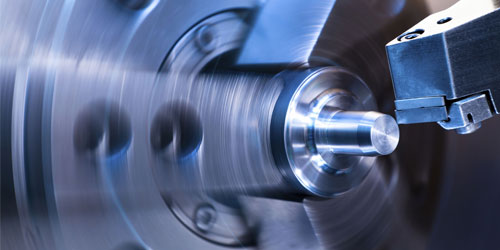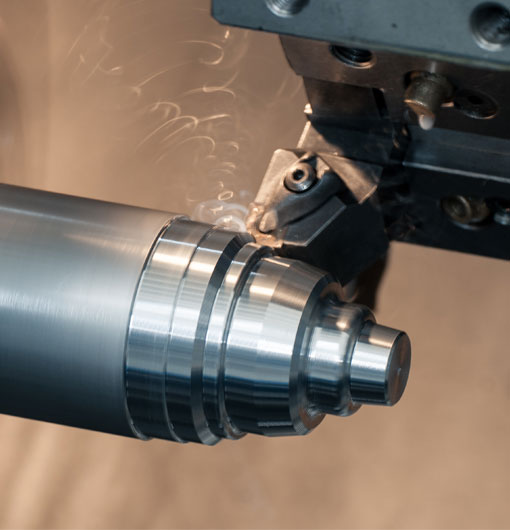In the world of machining, one cannot overemphasize the importance of understanding the technical aspects involved in operations such as CNC Lathe Turning, specifically with popular materials like aluminum. This comprehensive guide aims to provide you with insights into the RPM (rotations per minute) when turning Aluminum on a CNC lathe.
A CNC lathe, a cornerstone in manufacturing industries, is an essential tool in the production of detailed, precise spherical and cylindrical pieces. Generally, lathes operate by gripping a workpiece while a cutting tool shapes the material. But the CNC lathe stands out. Why?
It uses modern technology to automate cutting processes that the operator would, under normal circumstances, manually control. This level of automation not only increases efficiency but also guarantees precision. However, for this level of precision to be realized, particularly with materials like aluminum, understanding the correct RPM for the job is vital.
CNC Lathe Turning Aluminum: Unravelling RPM
Understanding RPM in CNC Lathe Turning of Aluminum is not as straightforward as it might seem. This process requires a deep understanding of a few factors such as the type of aluminum, the desired finish, tool type, and size.
Aluminum and its characteristics
Aluminum, a widely used material in the machining field due, is known for its lightweight and resistance to corrosion. Its tensile strength and hardness vary between its numerous grades, lending it to a variety of applications from aerospace to everyday household items.
Selecting the Correct RPM
When it comes to determining the RPM in turning aluminum, several factors are considered. Primarily, the machinist has to factor in the tool's diameter. In general, smaller diameter tools require higher RPMs compared to larger tools.
The type of finish desired on the workpiece also significantly influences the RPM. A high RPM may provide a smoother finish, but it may also generate heat and result in tool wear.
Additionally, the type of aluminum plays a significant role in determining RPM. For instance, softer grades of aluminum, like the 6061 series, generally require higher RPMs than harder grades.
Setting the Correct RPM
A standard formula used in the industry to calculate RPM is:
RPM = SFM x 3.82 / D
Here, SFM refers to Surface Feet per Minute, a thumb rule value, based on the material you are intending to machine, while D represents the diameter of the workpiece in inches.
For CNC lathe turning of aluminum, the general SFM range is between 200 and 300. Thus, utilizing this formula will yield a practical RPM range to start your machining process.
But remember, these are only starting points. The beauty of CNC lies in its flexibility, allowing you to adjust the RPM based on real-time results and specific application needs.
Practical Tips for Turning Aluminum on a CNC Lathe
As much as knowing the correct RPM is essential, there are other areas to consider when turning aluminum.
1. Tool Selection:The cutting tool affects the success of the process. Due to aluminum*s softer nature, sharp tools with a larger relief angle are more effective. Carbide tools can offer a long lifespan and can withstand higher temperature compared to high-speed steel.
2. Coolant:Aluminum has high thermal conductivity. Using a coolant prevents the tool from overheating, avoiding any possible damage or warping to the workpiece.
3. Chip Evacuation:High-speed turning of aluminum produces a lot of chips. Use appropriate methods for chip evacuation to maintain topmost surface integrity.
4. Constant Checking:Regardless of the material, constant checking is an integral part of machining. Regular inspecting and micrometing will ensure that you maintain the desired tolerances.
In the grand panorama of machining, the function of CNC Lathe and the importance of understanding RPM when turning aluminum should not be discounted. It's not simply about turning on a machine and feeding in the material. It's a harmonious blend of various technical aspects, of which correct RPM setting forms a potent part. Through a comprehensive understanding and practice of the above factors, one can adequately master the nuances of CNC lathe turning.
cnc lathe turning aluminum rpm













